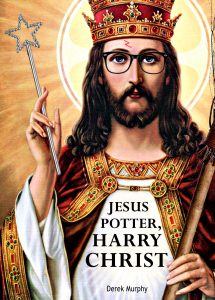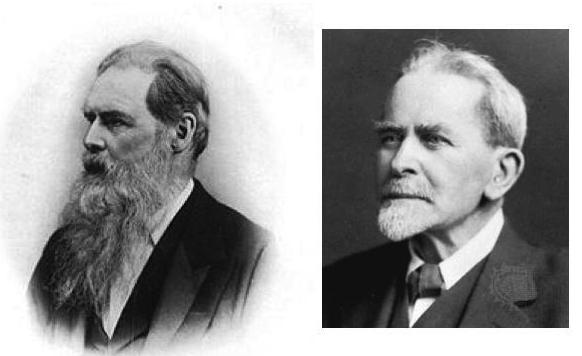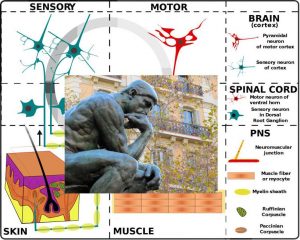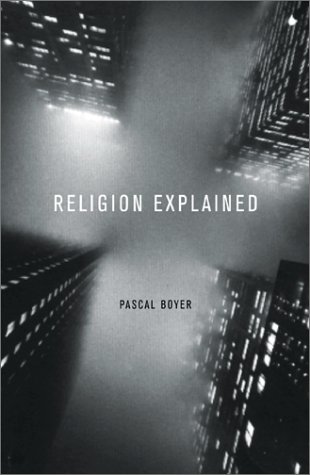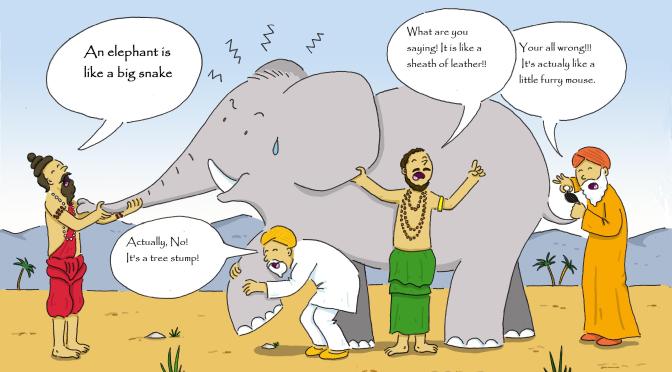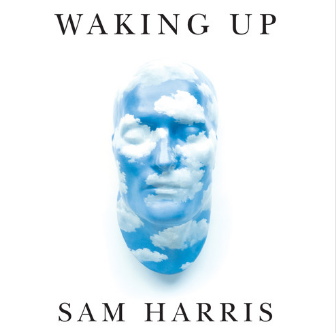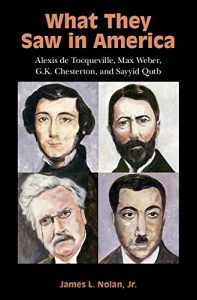 Nazi ideology was set out by Adolf Hitler in Mein Kampf, Communism was explained for all by Karl Marx in The Communist Manifesto, and radical Islamism was planted with Sayyid Qutb‘s Milestones. Qutb was hanged in 1966 for involvement in a plot to assassinate Egypt’s President Gamal Abdul Nasser. Qutb’s ideas appear to have been more deeply entrenched as consequence of his various experiences during a visit to the United States 1948-1950.
Nazi ideology was set out by Adolf Hitler in Mein Kampf, Communism was explained for all by Karl Marx in The Communist Manifesto, and radical Islamism was planted with Sayyid Qutb‘s Milestones. Qutb was hanged in 1966 for involvement in a plot to assassinate Egypt’s President Gamal Abdul Nasser. Qutb’s ideas appear to have been more deeply entrenched as consequence of his various experiences during a visit to the United States 1948-1950.

James Nolan includes Sayyid Qutb in his book, What They Saw in America: Alexis de Tocqueville, Max Weber, G. K. Chesterton, and Sayyid Qutb and there is an interesting interview with James Nolan his book (with an emphasis on Qutb) at The violent legacy of Sayyid Qutb’s visit to the USA on Late Night Live.
Racism in America was another stench that outraged him.
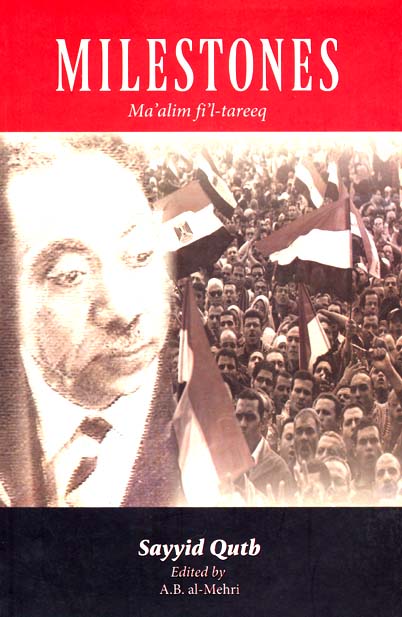 I want to follow up Nolan’s interview about Qutb with some comments on Milestones.
I want to follow up Nolan’s interview about Qutb with some comments on Milestones.
Milestones is said to have been studied intensively by Osama Bin Laden and other Islamist leaders today. To anyone who has read Milestones its influence is very obvious in the propaganda pronouncements of ISIS today.
I would even say that it is essential reading for anyone who is genuinely interested in understanding the Islamist movement and the ideology behind Islamist terrorism. It is not the only work of significance (I have mentioned others, especially Management of Savagery), but a reasonable case can be made that Milestones is “where it all began”.
I have never had any personal interest in the Muslim religion but reading Milestones evoked a very strong sense of déjà vu for me. I was transported back to the days when I was reading the Armstrong literature that led me into the Worldwide Church of God cult. All the same buttons were there.
Press the one to arouse uncompromising idealism.
Press another to stir up the thrill and heavy responsibility of being part of a vanguard movement destined to change history and save mankind.
What was needed was a long-term program of ideological and organizational work, coupled with the training of a dedicated vanguard of believers who would protect the cause in times of extreme danger (if necessary by recourse to force) and preside over the replacement of Jahiliyyahh by the Islamic state. . . .
It is the right of Islam to release mankind from servitude to human beings so that they may serve Allah alone, to give practical
meaning to its declaration that Allah is the true Lord of all and that all men are free under Him. . . .
Mankind can be dignified, today or tomorrow, by striving toward this noble civilization, by pulling itself out of the abyss of Jahiliyyahh into which it is falling.
And there’s the other one for confronting hypocrisy and setting one on the path to become a self-sacrificing heroic martyr.
We must also free ourselves from the clutches of Jahili society, Jahili concepts, Jahili traditions and Jahili leadership. Our mission is not to compromise with the practices of Jahili society, nor can we be loyal to it. Jahili society, because of its Jahili characteristics, is not worthy to be compromised with. . . .The honour of martyrdom is achieved only when one is fighting in the cause of
Allah . . .
It’s all there. All the buttons that start certain people on the road to radicalization, to extremism.
And it’s all backed up by the special insights of the godly founder-figure who came to understand more deeply than anyone else the ultimate truths in the Holy Book — in Armstrong’s case, the Bible; in Qutb’s, the Qur’an.
. . . I have set down the deep truths which I grasped during my meditations over the way of life presented in the Holy Qur’an. . .
To say that the Muslim religion or the Qur’an is ultimately responsible for Islamist extremism and terrorism today is just like saying that Christianity and the Bible are ultimately responsible for Armstrongism, Dave Koresh, Jehovah’s Witnesses, Jim Jones. Well, yes, in a very general sense they are, but only in such a general sense that the link become meaningless.
Just as cult leaders denounce their mainstream religionists as “false brethren”, so in Milestones we read repeatedly of the falseness of mainstream Muslims.
Lastly, all the existing so-called ‘Muslim’ societies are also Jahili societies.
We classify them among Jahili societies not because they believe in other deities besides Allah or because they worship anyone other than Allah, but because their way of life is not based on submission to Allah alone. . . .
The people in these countries have reached this wretched state by abandoning Islam, and not because they are Muslims.
Just as cult leaders claim special insights into the Bible, so Qutb claims that his own understanding of the Qur’an is the result of long periods of study and reflection. His interpretations were not obvious at first. In fact, in Milestones he goes to considerable length to counter the arguments of mainstream Muslims condemning his extreme view of jihad and killing the faithless.
So you think the belief in being given forty-two virgins in Paradise is a motive to kill and die? Rubbish. Not a single breath of a hint of any such self-interested motive seeps into Milestones. Very much the contrary, in fact. There is a vast chasm between teachings of heavenly rewards and the actual triggers that initiate the behaviours of cultists.
I began by comparing Milestones with Mein Kampf and The Communist Manifesto. It’s appropriate to conclude with a link back to an earlier post — ISIS is a Revolution, born in terror (like all revolutions) — in which Scott Atran argues that the Islamist extremists we face today are indeed part of a worldwide revolutionary movement that must be stopped.
You can download Milestones here or here.

Other Vridar posts on Sayyid Qutb
And other posts justifying the comparison between religious cults and other extremists:
- How Religious Cults and Terrorist Groups Attract Members
- Islamic Radicals and Christian Cults: Cut from the Same Cloth
- How Minds Are Opened to Extremist Views
- Who Joins Cults — and How and Why?
- Unfreezing. Gateway to Radicalisation (Comparing Cults and Terrorist Groups Once More)
- Cults & Terrorists in Christianity and Islam
- The “Only Way” to Free Someone from Cults: Islamic or Christian

